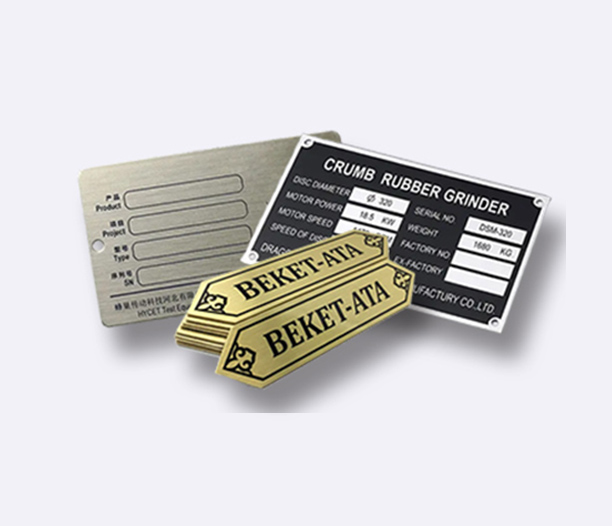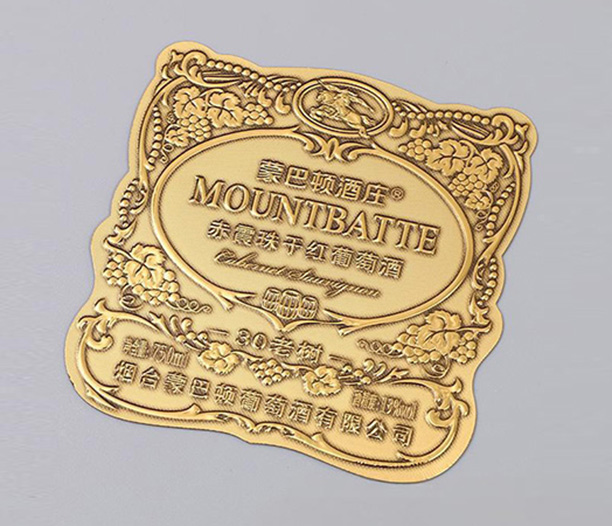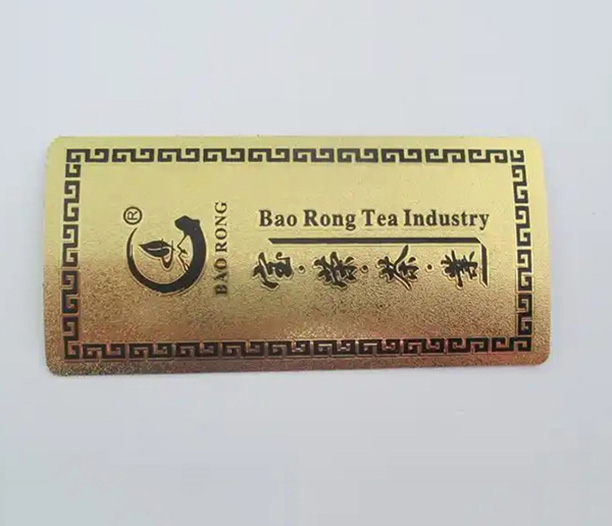In an increasingly digital world, the tangible, personalized touch of custom engraved nameplates offers a unique blend of sophistication, durability, and permanence. These elegant identifiers are far more than simple labels; they are a statement of quality, a tool for organization, and a mark of respect. From corporate offices to personal gifts, and industrial settings to home decor, the applications are virtually limitless. But what exactly goes into creating the perfect nameplate? How do you choose the right material, font, or finish? This comprehensive guide delves into the world of custom engraved nameplates, exploring their benefits, applications, creation process, and answering all your frequently asked questions to help you make an informed decision.
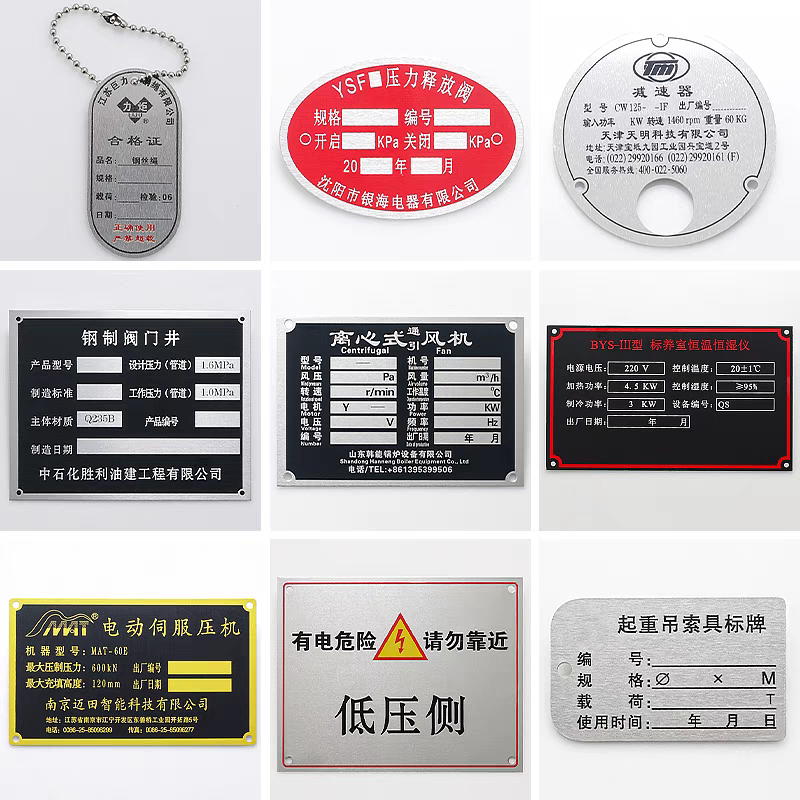
What Are Custom Engraved Nameplates?
Custom engraved nameplates are precisely fabricated plates, typically made from metal, wood, or plastic, that feature text and/or graphics etched into their surface through a process called engraving. Unlike printed labels, the engraving physically removes material to create a deep, permanent impression. This results in a crisp, high-contrast finish that is exceptionally resistant to fading, wear, and environmental factors.
The process can be achieved through two primary methods:
Laser Engraving: A high-powered laser beam vaporizes the material's surface, creating incredibly precise and detailed marks. This is ideal for complex logos, fine text, and serial numbers.
Rotary or Diamond Drag Engraving: A spinning carbide or diamond-tipped cutter physically cuts into the material. This method is renowned for its deep, tactile cuts, often favored for traditional and industrial custom engraved nameplates.
The outcome is a professional product that communicates value and attention to detail, making it a superior choice for any scenario where identification needs to be clear and long-lasting.
The Top Benefits of Choosing Engraved Nameplates
Why opt for engraved nameplates over cheaper alternatives like vinyl stickers or printed placards? The advantages are significant and multifaceted.
Unmatched Durability and Longevity: The engraved mark is part of the material itself. It cannot peel, scratch off, or fade from sun exposure. These nameplates are built to withstand harsh conditions, including chemicals, abrasion, and extreme temperatures, ensuring your identification remains legible for years, even decades.
Professional and Premium Aesthetic: The tactile feel and visual depth of engraving exude quality. Whether it's a polished brass nameplate on an executive's door or an anodized aluminum plate on a piece of equipment, it conveys a message of professionalism, permanence, and pride.
Excellent Legibility: The deep cuts of engraving create strong shadows, making text highly readable from a distance and in various lighting conditions. You can further enhance visibility by filling the engraved grooves with enamel paint, a process known as "color filling."
High Level of Customization: The process allows for immense flexibility. You are not limited to just names and titles. Incorporate company logos, certifications, serial numbers, barcodes, and intricate designs with high precision, tailoring each custom engraved nameplate to its specific purpose.
Security and Permanence: Because the engraving is so difficult to alter or remove without leaving obvious signs of tampering, these nameplates are ideal for asset tagging, authentication plates, and serial number plates on valuable equipment.
Popular Materials for Your Custom Engraved Nameplate
The choice of material dramatically affects the look, feel, cost, and suitability of your nameplate for its intended environment.
Metals: The most popular choice for professional and industrial applications.
Brass: Offers a classic, prestigious look often associated with law, academia, and executive suites. It develops a patina over time but can be lacquered to maintain its shine.
Stainless Steel: Highly durable, corrosion-resistant, and modern. Perfect for medical, marine, food service, and industrial environments due to its strength and ease of cleaning.
Aluminum: Lightweight, cost-effective, and versatile. It can be anodized in various colors (e.g., black, gold, blue) to create a protective and attractive surface that engraves beautifully with a high-contrast finish.
Bronze: Similar to brass but with a slightly reddish-gold hue, often used for historical markers, memorials, and high-end architectural signage.
Plastics:
Acrylic: Provides a modern and sleek appearance. It's available in a vast array of colors and transparency levels (including clear). Laser engraving on two-layer acrylic (e.g., black on white) produces a very sharp, high-contrast result.
ABS Plastic: A tough, economical option often used for machine nameplates, equipment labels, and indoor signs.
Wood: Laser-engraved wooden nameplates bring a natural, warm, and rustic feel. They are ideal for home offices, libraries, gifts, and businesses wanting to project an organic, artisanal image.
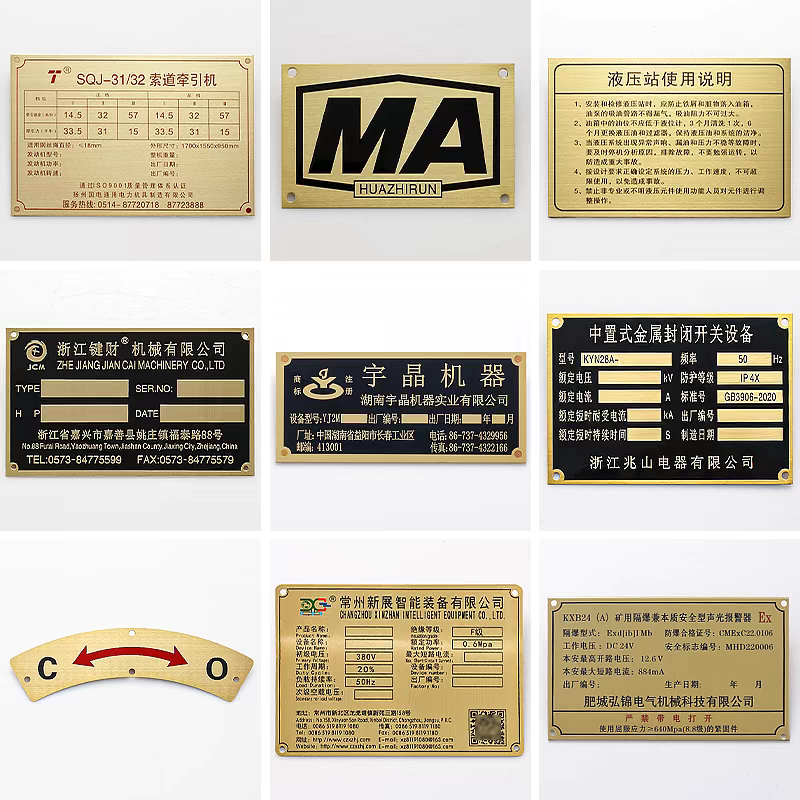
Common Applications and Uses
The versatility of custom engraved nameplates means they serve a wide range of functions across numerous industries.
Corporate & Office Settings: Door nameplates for employees, desk nameplates, directory signs, and award plaques. They help with navigation, establish hierarchy, and recognize achievement.
Industrial & Manufacturing: Equipment identification plates, asset tags, safety labels, and control panel overlays. Their durability is essential in these demanding settings.
Gifts and Awards: Trophies, retirement gifts, anniversary presents, and personalized items like pet tags or jewelry boxes. Engraving adds a heartfelt, permanent touch to a cherished item.
Medical and Laboratory: Instrument identification, patient room signs, and biohazard labels. Stainless steel and aluminum nameplates can withstand rigorous sterilization processes.
Home and Personal Use: Mailbox plates, house numbers, personalized kitchen items, and organization labels for drawers or storage bins.
How to Design and Order Your Custom Nameplates
Ordering your perfect custom engraved nameplate is a straightforward process, but a little preparation ensures a perfect result.
Choose Your Material: Consider the environment (indoor vs. outdoor), the desired aesthetic (modern, classic, rustic), and your budget.
Select a Size and Shape: Standard rectangular sizes are most common and cost-effective, but many suppliers offer custom shapes cut to your specifications.
Decide on Mounting Options: Common methods include:
Adhesive Backing: Strong double-sided tape for a clean, glue-free installation on flat surfaces.
Screws or Bolts: For a permanent, secure mount, especially on metal equipment or outdoor signs.
Freestanding: For desk nameplates with a built-in stand.
Provide Your Artwork: This is the most critical step. You will typically need to provide the exact text, font choice, and any logos or graphics. Most vendors prefer vector files (like .AI or .EPS) for logos to ensure crisp, clean engraving. Clearly specify the layout and any special instructions.
Request a Proof: Before production begins, a reputable company will provide a digital proof for your approval. This is your chance to catch any spelling errors or layout issues.
Frequently Asked Questions About Custom Engraved Nameplates
Q: How long does it take to receive custom engraved nameplates?
A: Production time varies by vendor and order complexity but typically ranges from 3 to 10 business days after proof approval. Always check with your supplier for their current lead times, especially for large orders.
Q: What is the difference between etched and engraved nameplates?
A: While the terms are often used interchangeably, there is a technical difference. Engraving typically refers to cutting into the material with a tool or laser, creating deep grooves. Etching (often chemical etching) uses acid to eat away at the surface, creating a shallower mark. Engraving is generally considered more durable for outdoor and heavy-wear applications.
Q: Can you engrave logos and graphics on nameplates?
A: Absolutely. Modern laser engraving technology excels at reproducing highly detailed graphics and logos with impeccable precision. Providing a high-resolution vector file will yield the best results.
Q: How do I clean and maintain my engraved nameplate?
A: For metal nameplates, a soft cloth dampened with water or a mild soap solution is usually sufficient. Avoid abrasive cleaners or scouring pads that can scratch the surface. For plastic nameplates, use a non-abrasive cleaner. The engraved areas can be gently cleaned with a soft-bristled brush to remove dust.
Q: Are there limitations on the amount of text that can fit on a nameplate?
A: Yes, limitations are based on the size of the plate and the size of the font. A good rule of thumb is to avoid overcrowding. A reputable vendor will advise you if your text is too dense for the chosen size and may suggest a larger plate or a smaller font to maintain legibility.
Q: What file format is best for providing my artwork?
A: Vector files (such as .AI, .EPS, .PDF, or .SVG) are ideal for logos and graphics because they can be scaled to any size without losing quality. For text, simply providing the exact spelling, punctuation, and font name in your order is often sufficient, as the vendor will typeset it for you.
In conclusion, investing in custom engraved nameplates is a decision that pays dividends in professionalism, durability, and style. By understanding the materials, processes, and design considerations involved, you can select the perfect nameplates to meet your needs, leaving a lasting impression for years to come.



